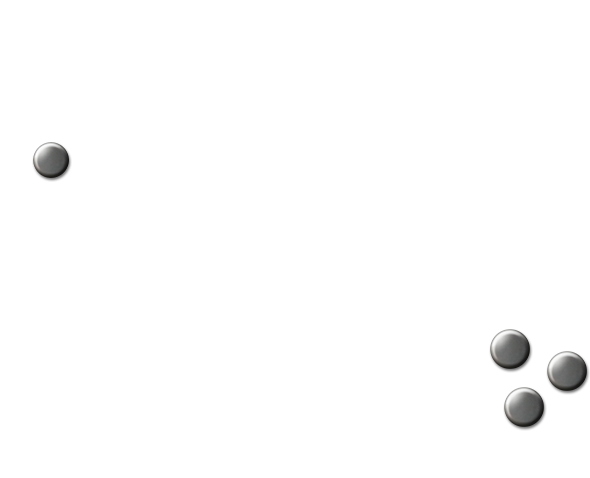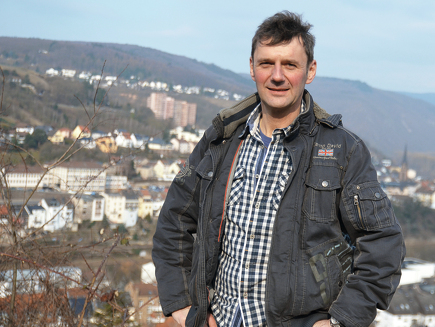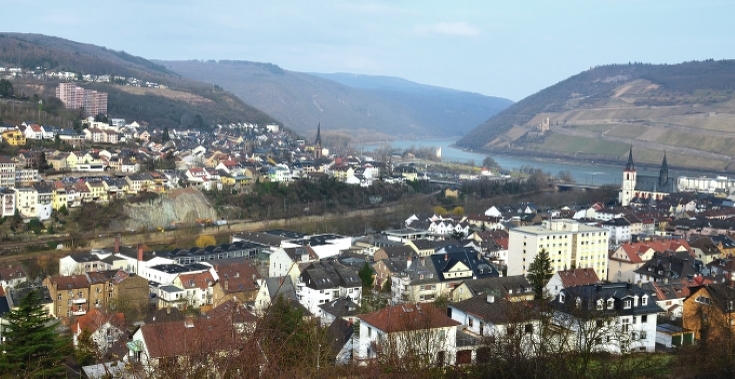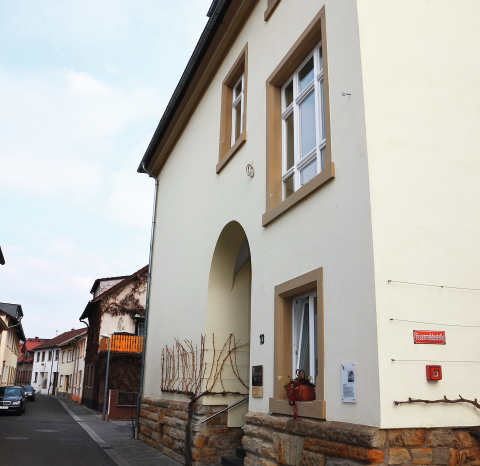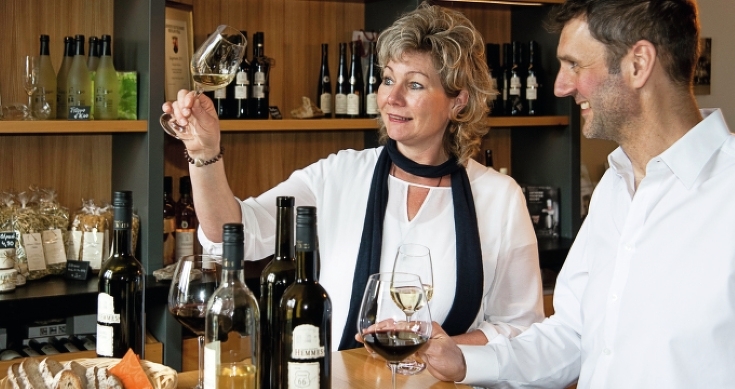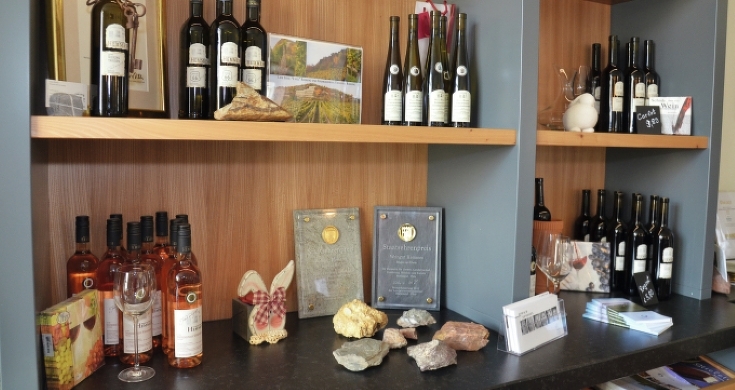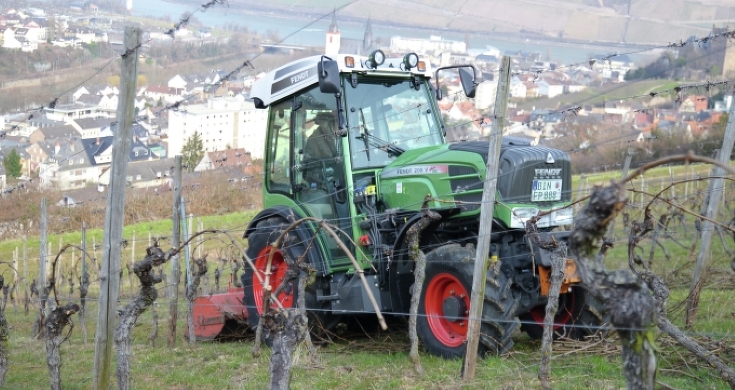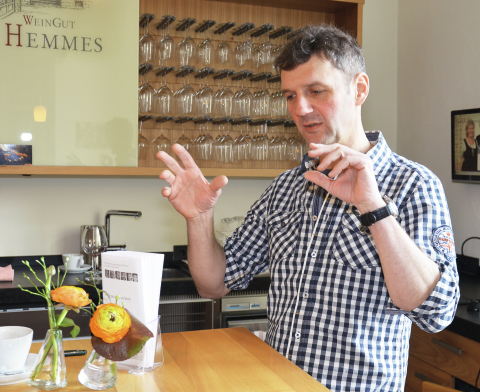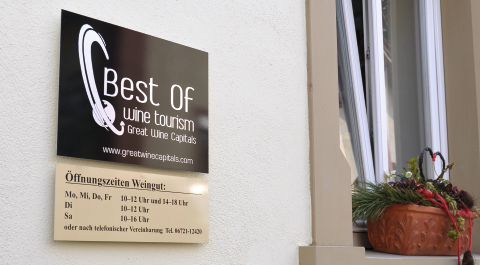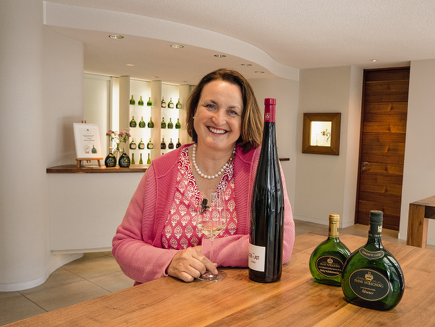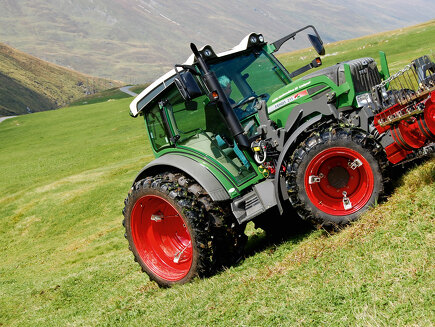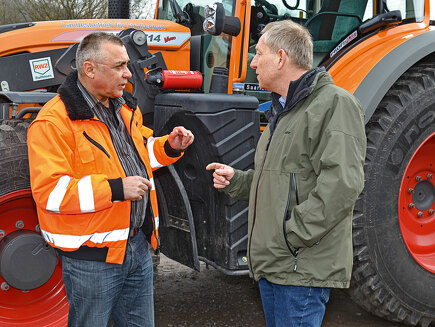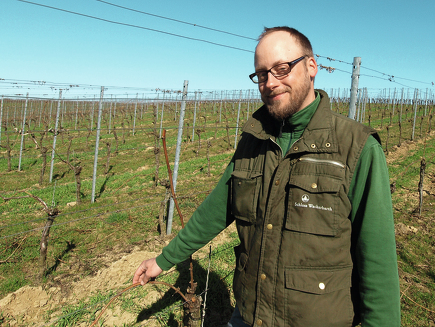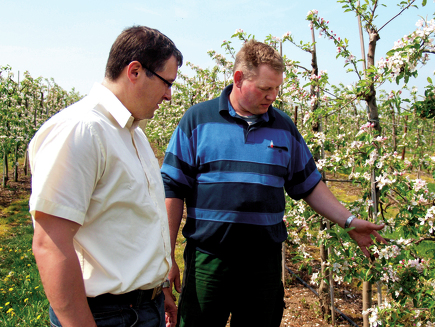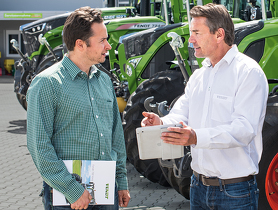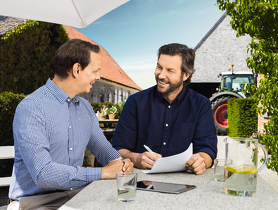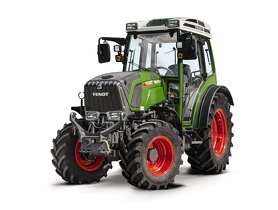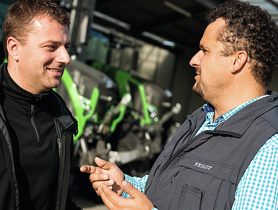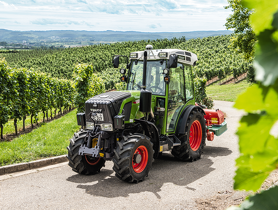Whenever anyone at the Hemmes vineyard orders "the wine that turns into a butterfly", they are not joking, but have instead benefited from an hour of tuition at the wine school run by Frank Hemmes. As well as wine tasting, the winemaker provides insights into biology, soil science and the history of wine growing. "I also draw comparisons with nature", stated the highly qualified winegrowing technician, and he knows that the customer requesting the 'butterfly wine' wished to purchase his Grauburgunder. A trader by the name of Johann Ruland introduced the Burgundy vine to Germany from France back in the year 1711. The wine made from this, and later becoming known as the 'Ruländer' as a tribute to the aforementioned trader, is sweet, golden yellow and it flows out of the bottle in a viscous manner. Like a worm. Later, the same vine started to be grown 'dry', i.e. without the addition of 'noble rot' (Edelfäule), and this developed into a fantastic wine with a fruity aroma: the Grauburgunder. "I explain this metamorphosis to my visitors to enable them to remember these wines more easily by comparing them to a caterpillar that turns into a beautiful butterfly", explained Hemmes
